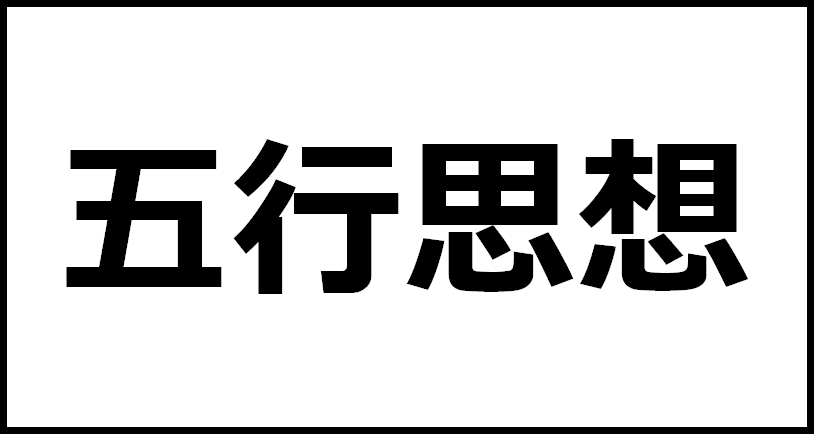五行思想について。四字熟語の五行思想の読み方や意味、英語や外国語での意味をまとめました。
五行思想について
五行思想の読み方・意味
| 四字熟語 | 五行思想 |
| 読み方 | ごぎょうしそう |
| カタカナ読み | ゴギョウシソウ |
| ローマ字読み | gogyoshiso |
| 読みの文字数 | 7文字読みの四字熟語 |
| 頭文字 | 「ご」から始まる四字熟語 |
| 構成する文字 | ・五 ・思 ・想 ・行 |
| 意味 | または五行説(ごぎょうせつ)。古代中国では万物は「火・水・木・金・土」の5種類の元素からなるという自然哲学の思想や説。 |
五行思想の意味(外国語)
五行思想の外国語での意味をまとめました。
| 英語 | Or Gogyosetsu. In ancient China, the idea and theory of natural philosophy that all things consist of five kinds of elements: fire, water, wood, metal, and earth. |
| スペイン語 | O Gogyosetsu. En la antigua China, la idea y la teoría de la filosofía natural que todas las cosas se componen de cinco tipos de elementos: fuego, agua, madera, metal y tierra. |
| イタリア語 | O Gogyosetsu. Nell’antica Cina, l’idea e la teoria della filosofia naturale secondo cui tutte le cose sono costituite da cinque tipi di elementi: fuoco, acqua, legno, metallo e terra. |
| ポルトガル語 | Ou Gogyosetsu. Na China antiga, a ideia e a teoria da filosofia natural de que todas as coisas consistem em cinco tipos de elementos: fogo, água, madeira, metal e terra. |
| フランス語 | Ou Gogyosetsu. Dans la Chine ancienne, l’idée et la théorie de la philosophie naturelle selon lesquelles toutes choses se composent de cinq types d’éléments : le feu, l’eau, le bois, le métal et la terre. |
| 中国語 | 或 Gogyosetsu。 中国古代自然哲学认为万物由火、水、木、金、土五种元素组成的思想和学说。 |
| 韓国語 | 또는 오행설(고교세츠). 고대 중국에서는 만물은 「화・수・목・금・토」의 5종류의 원소로 이루어지는 자연 철학의 사상이나 설. |


